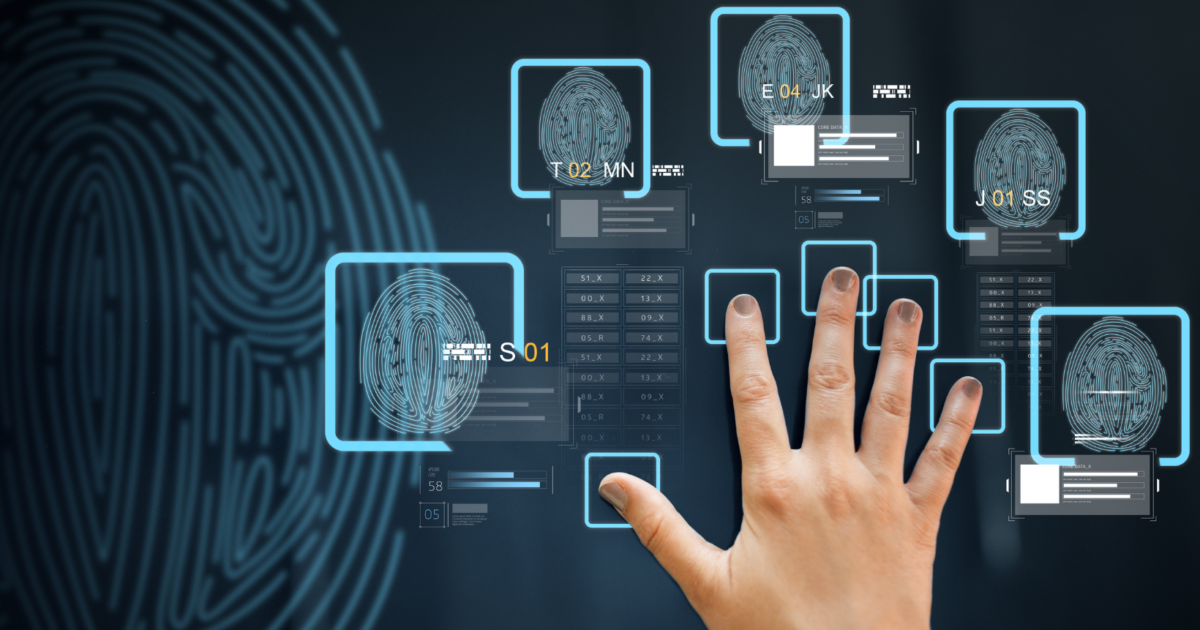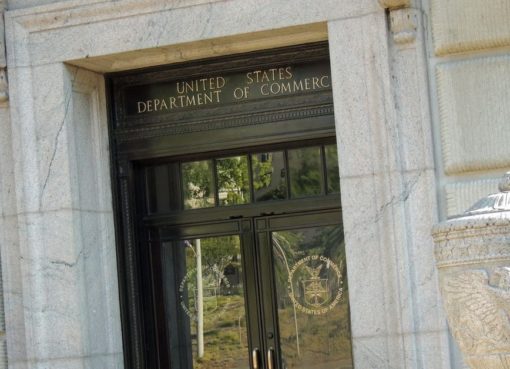We live in a world where many of us routinely use contactless payments, “tap in” to public transport systems and instantly transfer money to friends and family using apps. With that in mind, it’s easy to overlook the fact that there are still millions of households across the world that are entirely unbanked.
In an unbanked household, nobody has an active bank account. While the number of unbanked people has fallen in recent years, according to the World Bank’s most recent Global Findex report, worldwide “account ownership” encompasses only 76% of the world’s population. Put simply, the remaining 24% — over one billion people — is an enormous minority to have.
The figures are notably starker when you dig into the detail. For example, in Nigeria, only 45% of adults had an account at the time of the survey. Figures for Bangladesh and Colombia were 53% and 60% respectively. In the U.S., only 4.5% are unbanked — but that still represents nearly 6 million American households.
There are many reasons why an adult may be unbanked, and many consequences that come from the fact. Unbanked individuals can find themselves cut off from earning opportunities and access to essential services. People may be unbanked due to poverty and practical considerations, such as rural communities lacking access to financial institutions, but another major reason is the inability of some people to verify their identity.
Increasingly, blockchain technology is providing new options for identity verification.
Let’s consider how blockchain can help bridge the gap for the unbanked.
Advances in digital identity technology
Digital identity management has become big business. Since 2016, Accenture has been working with Microsoft on the ID2020 initiative, and the focus is specifically on digital ID technologies.
While the initiative highlights benefits for the nearly one billion people who lack the “means to prove their identity through any widely recognized means,” it also seeks to address the security shortcomings and impracticalities of more traditional methods of identity verification. IBM also has its own blockchain-based digital credentials service.
A vast range of blockchain start-ups and fintech companies, meanwhile, are also focused on digital identity management. One that has grabbed many headlines in recent months is Worldcoin, a cryptocurrency project focused on iris-scanning technology. At the time of writing, Worldcoin has already collected retina scans for over two million users.
Here are some of the benefits that digital ID management platforms seek to deliver:
Identity management traditionally involves individuals handing control (and sometimes ownership) of their identity data to centralized third parties, such as governments and financial institutions.
Conversely, blockchain-based systems enable the concept of self-sovereign identity (SSI). This is portable across various systems and institutions and allows the individual to maintain full control. SSI works on the principle of minimal disclosure. For example, if somebody is required to prove their date of birth, they’re not — by default — required to share an entire passport that also exposes a range of other personal details.
Using a blockchain-based system, users can retain direct control over how they share their data, without having to rely on third parties when they wish to make changes or revoke consent.
Blockchain ID verification systems typically use digital signatures and public/private key pairs. IDs can therefore be verified quickly, without the need for paper documents or third-party verification systems.
The nature of blockchain systems is that data is spread across nodes, rather than held on central servers that are vulnerable to hacking, downtime and system failures.
Blockchain systems are designed to be resilient to theft and fraud. Data recorded on blockchains is permanently recorded and cannot be changed if a single server is compromised.
Many blockchain technologies are developed with cost savings in mind. For example, Ripple (known for its XRP token) specifically takes on the established SWIFT network, offering secure and fast cross-border payments.
When it comes to identity management, there’s considerable repetition in processes, which has financial implications both for individuals and for the institutions that serve them. This can mean completing multiple similar know-your-customer processes, and the submission of the same ID documents to multiple third parties.
Putting it together
So what does all of this actually look like in reality, and how will it help the unbanked?
The broad vision that many companies are working toward involves blockchain-based digital identities that are interoperable and can be used across borders and across platforms. Theoretically, an individual could pass through required compliance checks once, and then use their digital ID to open accounts and use multiple services.
While plenty of companies are moving closer to that goal, there are still challenges to overcome.
Challenges to navigate
Blockchain digital identity management faces some significant hurdles —not least of which are the market fragmentation and complications around complying with regulations across borders.
A key task for related businesses is realizing the benefits of digital identity management, while concurrently negotiating the challenges of compliance. Issues around “know your customer” (KYC), anti-money laundering (AML), and other related legislation are complex and often country-specific — and it doesn’t help that the authorities often “move the goalposts” when it comes to their requirements.
The Wild West nature of the blockchain marketplace is also hard to ignore. Several startups that are listed online as providing blockchain identity services have already folded. Sadly, digital identity management is a type of blockchain business that isn’t immune to scams and “rug pulls.”
In the years to come, it’s almost certain that a handful of firms will emerge as market leaders. Thankfully, the decentralized nature of blockchain means that they shouldn’t become ersatz centralized third parties — which would rather defeat the object!
Different nations are taking various approaches to advancing the cause of digital identity management. In the United Kingdom, for example, the government allows providers to become certified to complete digital identity checks that can be used for various purposes.
Blockchain solutions that companies can add to their AML toolkit already exist, although they’re largely focused on crypto businesses. In time, these will likely see more widespread use in other sectors.
There’s no escaping the fact that this is complicated technology to get right. However, modern fintechs have, for some time now, been taking a cross-border approach to their businesses and finding ways to reach customers who may be cast aside by more traditional institutions.
While progress will be gradual, digital identity management can enhance financial inclusion in various contexts, giving the unbanked new and alternative ways to access everything from micro-loans to online work opportunities. The use of blockchain also brings privacy, speed and security benefits.
Exactly how this will shake out remains to be seen. But with everyone from IBM to aspiring start-ups looking at this area, there’s sure to be a constant run of exciting developments.




